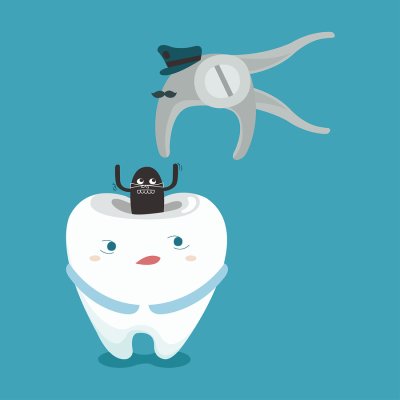Dental Emergency: Abscesses 101

A tooth abscess is caused by the accumulation of bacteria, which form a pus-filled pocket in the tooth. Some of the most common causes of abscesses include physical trauma, damaged dental work, and untreated dental cavities. If you have a tooth abscess, you should consult an emergency dentist in Peoria immediately. Left untreated, a tooth abscess can lead to serious health issues, and, in some cases, life-threatening complications may ensue. The dentist may opt to drain the abscess to remove the infection. A professional with specialized training in endodontics may be able to perform root canal surgery, allowing you to preserve the original tooth and protect tooth enamel. However, in some cases, the dentist may have no option but to perform an extraction.
Symptoms of an Abscess
There are certain characteristic symptoms that suggest the presence of an abscess. You may have a severe headache, accompanied by throbbing sensations. You may be running a fever. Sensitivity to extreme temperatures and to chewing and biting motions may also indicate an abscess. Abscesses are often accompanied by facial swelling and by tender or painful lymph nodes in the face and neck. Should the abscess burst, you may experience a sudden feeling of relief, and your mouth may fill with a noxious-tasting, foul-smelling liquid. Visit a dentist immediately if you believe that you may have a tooth abscess. You should go straight to the emergency room if you experience difficulty swallowing or breathing, or have a fever and facial swelling.
Causes of an Abscess
A dental abscess is the result of bacteria invading the tooth pulp. The pulp is the innermost part of the tooth and contains nerves, blood vessels, and connective tissue. The bacteria may enter the tooth through a chip, crack, or cavity. To prevent a dental abscess and protect tooth enamel, exercise excellent dental hygiene. Brush your teeth at least twice daily and floss every day. Schedule regular dental checkups. Avoid excessive consumption of sugary foods and sweetened beverages. Consuming a diet high in sugar will increase your risk of contracting an abscess.
